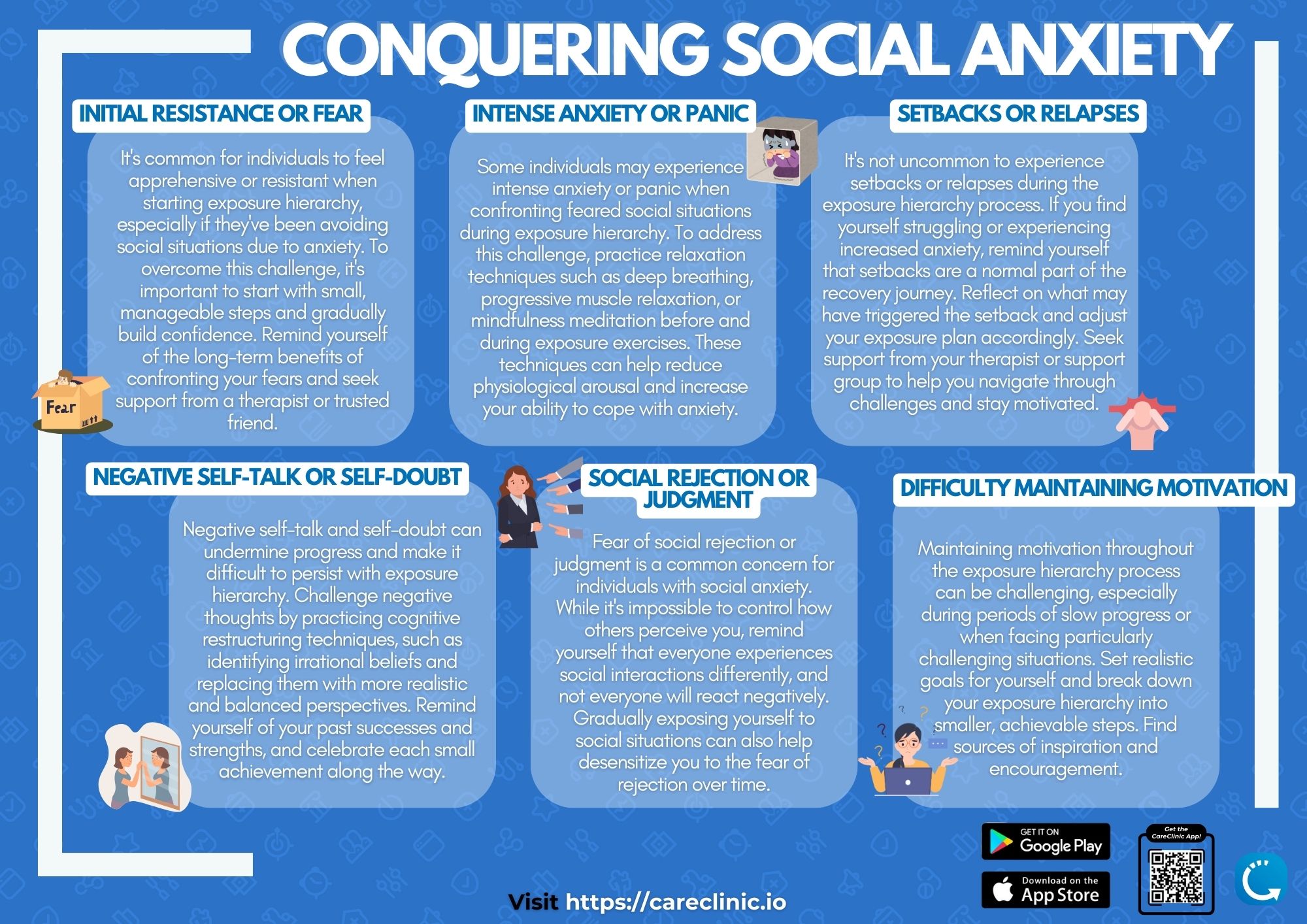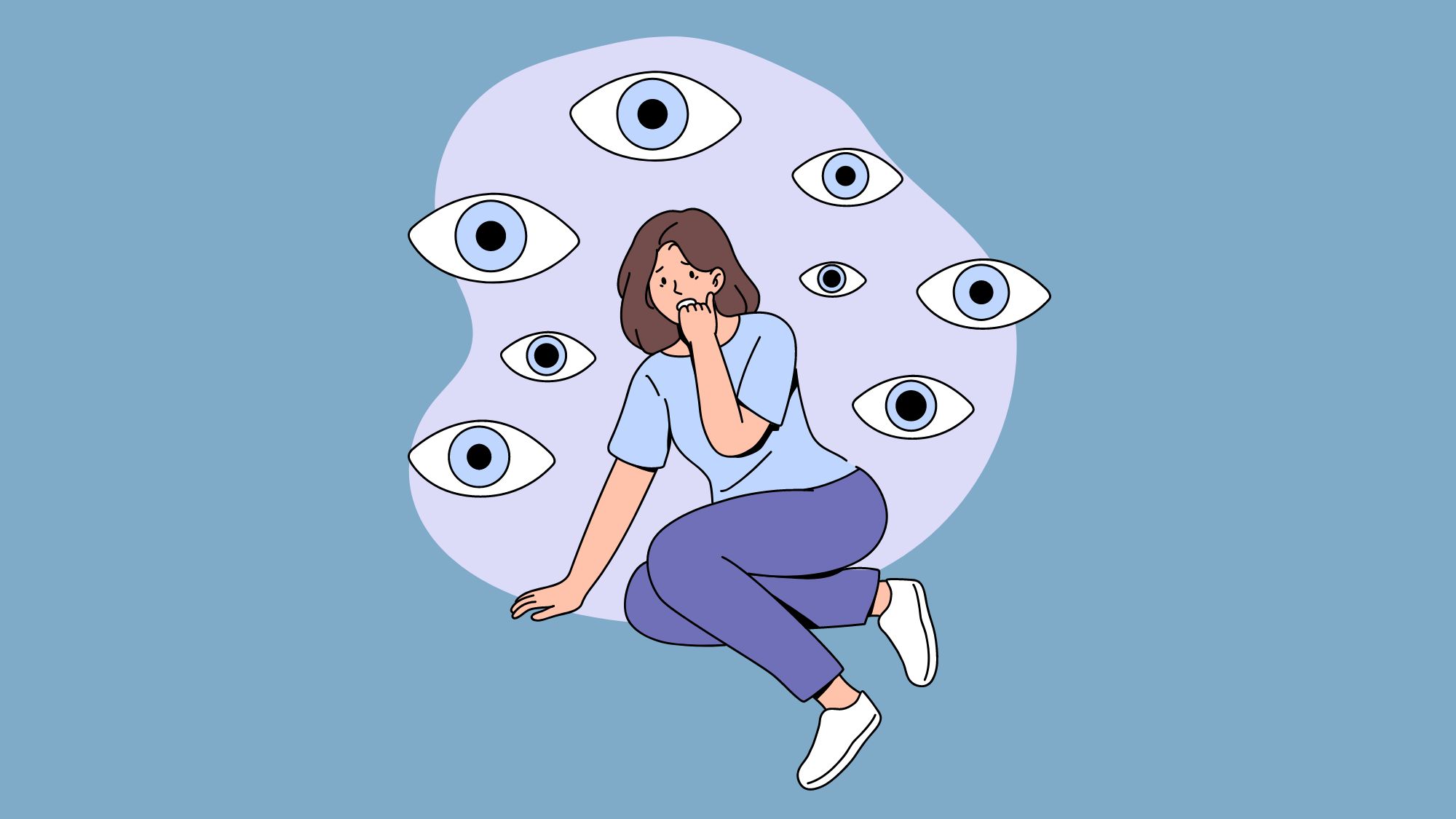
If you struggle with social anxiety, you may be all too familiar with the uncomfortable and debilitating effects it can have on your daily life. Social situations that others find effortless can become overwhelming and anxiety-inducing for individuals with social anxiety. However, there is a technique called social anxiety exposure hierarchy that can help individuals gradually overcome their fears and regain control of their lives.
Understanding Social Anxiety Disorder
Social anxiety is also known as social phobia. It is one of the common types of mental health conditions characterized by an intense fear of social situations. People with social anxiety often worry excessively about being embarrassed, judged, or humiliated in social settings. This fear can lead to avoidance behaviors. Limiting their ability to form relationships, pursue career opportunities, and enjoy social activities.
Individuals with social anxiety may experience physical symptoms. Such as sweating, trembling, rapid heartbeat, and nausea when faced with social situations. These physiological responses can further exacerbate their anxiety. It makes it more challenging to engage in everyday social interactions.
Defining Social Anxiety
Social anxiety is more than just shyness or normal nervousness in social situations. It is a persistent and excessive fear that goes beyond the usual discomfort that many people experience in certain unfamiliar or high-pressure situations.
Furthermore, social anxiety can manifest in various ways, from specific fears such as public speaking, the use of public restrooms, or eating in front of others to a more generalized fear of social interactions. The severity of social anxiety symptoms can vary from person to person, with some individuals experiencing mild distress while others may find it debilitating.
The Prevalence of Social Anxiety
Social anxiety is a prevalent mental health condition. Affecting approximately 15 million adults in the United States alone. It can develop early in life and often persists if left untreated. However, the good news is that there are effective strategies. Such as social anxiety exposure hierarchy, which can help individuals manage and overcome their anxiety.
Despite its prevalence, social anxiety is often misunderstood or mischaracterized as just “being shy.” This misconception can lead to stigmatization and prevent individuals from seeking the help they need. By increasing awareness and understanding of social anxiety, we can create a more supportive environment for those struggling with this challenging condition.
The Concept of Exposure Hierarchy
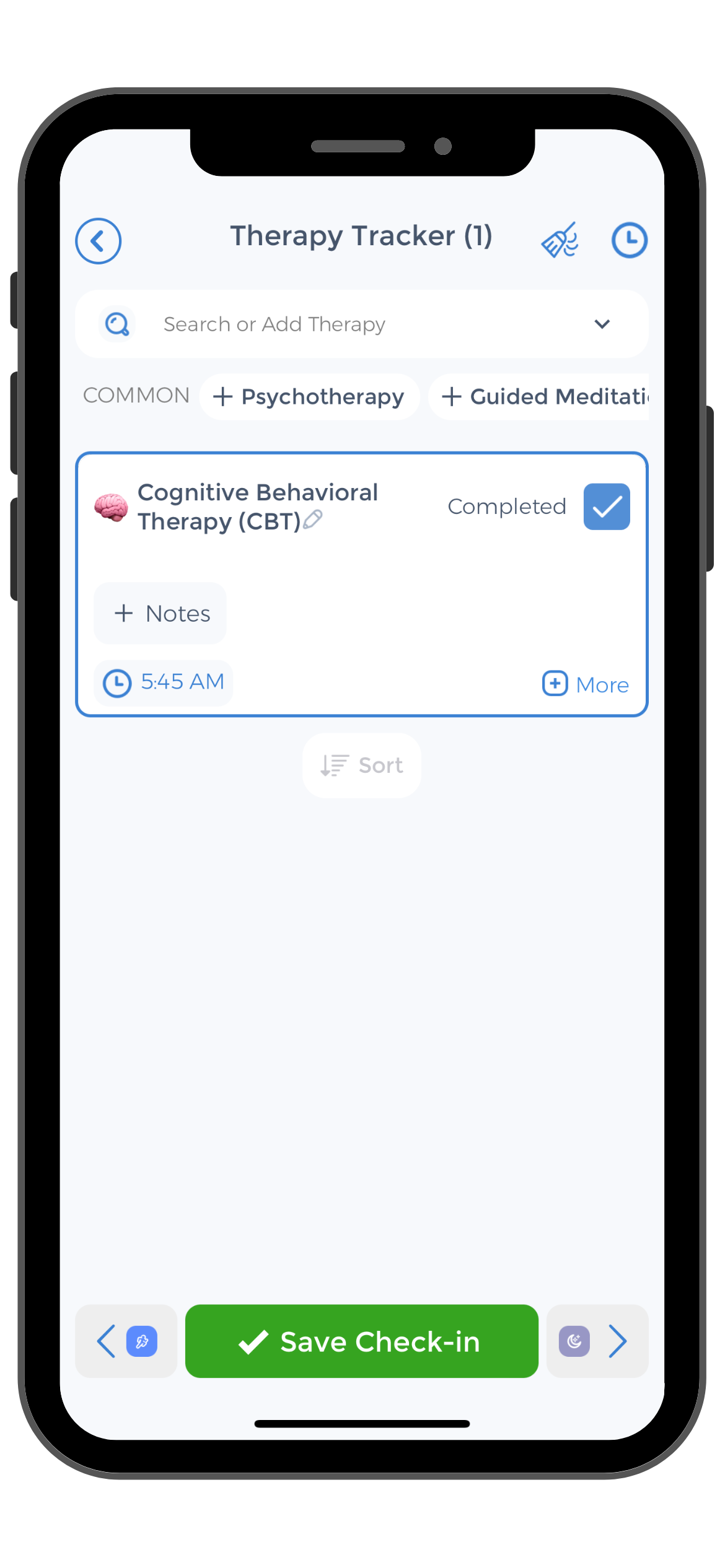 The exposure hierarchy in cognitive-behavioral therapy (CBT) is a structured approach to help individuals face and overcome social anxiety. It starts by listing anxiety-provoking situations from least to most distressing, then gradually exposing individuals to these situations, beginning with the least frightening. This gradual exposure helps build confidence and reduce anxiety over time.
The exposure hierarchy in cognitive-behavioral therapy (CBT) is a structured approach to help individuals face and overcome social anxiety. It starts by listing anxiety-provoking situations from least to most distressing, then gradually exposing individuals to these situations, beginning with the least frightening. This gradual exposure helps build confidence and reduce anxiety over time.
Therapists guide individuals through each step, ensuring they feel prepared and supported. Cognitive restructuring is often used alongside exposure exercises to challenge and change irrational thoughts that contribute to anxiety. This combination allows individuals to approach feared situations more calmly and rationally.
Through repeated exposure, anxiety decreases, and individuals gain confidence in social interactions. This systematic approach helps break down fears into manageable steps, leading to significant improvements in social functioning and quality of life.
The Theory Behind Exposure Hierarchy
The underlying theory behind exposure hierarchy is that avoidance reinforces anxiety. By avoiding social situations and imaginal exposures that trigger anxiety and panic attacks, individuals miss out on the opportunities to learn that their fears are often exaggerated and unrealistic. Exposure hierarchy aims to break this cycle of avoidance by incrementally exposing individuals to increasingly challenging social situations.
Moreover, exposure hierarchy is not about throwing individuals into the deep end of their fears. It is a carefully planned and individualized approach that takes into account each person’s unique fears and triggers. By starting with less intimidating situations and gradually working up to more anxiety-provoking scenarios, individuals can develop the skills and confidence needed to face their fears head-on.
The Steps in Creating an Exposure Therapy Hierarchy
To create an exposure hierarchy, it is important to work with a therapist or mental health professional experienced in treating social anxiety. They will help you identify your specific fears and create a step-by-step plan for gradually confronting them. The hierarchy typically starts with situations that provoke mild anxiety and progresses to more challenging scenarios over time.
Therapists may also incorporate tools such as cognitive restructuring, relaxation techniques, and coping strategies to support individuals throughout the exposure process. This comprehensive approach aims to not only reduce anxiety in the moment but also equip individuals with long-term skills to manage their social anxiety effectively.
The Benefits of Exposure Hierarchy for Social Anxiety
The use of exposure hierarchy for social anxiety has been shown to bring about several benefits. Improving the lives of individuals struggling with this condition.
Individuals undergoing exposure hierarchy therapy are guided through a structured approach that involves creating a list of anxiety-inducing social situations ranked from least to most distressing. This systematic desensitization allows individuals to gradually confront their fears in a controlled environment, building resilience and adaptive coping mechanisms.
Improvement in Social Skills
Engaging in exposure hierarchy can help individuals develop and improve their social skills. By facing their fears and gradually exposing themselves to social situations, individuals can practice new coping strategies and learn effective communication skills, contributing to increased confidence and comfort in social interactions.
Furthermore, exposure hierarchy provides individuals with the opportunity to receive feedback and guidance from mental health professionals. Enabling them to refine their social skills in a supportive and non-judgmental environment. This constructive feedback loop fosters continuous improvement and empowers individuals to navigate social interactions with greater ease.
Reduction in Anxiety Symptoms
Exposure hierarchy is designed to reduce anxiety symptoms by gradually desensitizing individuals to their feared social situations. Through repeated exposure, individuals learn that their anxious thoughts and bodily sensations gradually diminish over time, leading to a decrease in anxiety levels.
Moreover, the process of exposure hierarchy encourages individuals to confront and challenge their negative beliefs about social interactions. Promoting cognitive restructuring and a shift towards more adaptive thinking patterns. This cognitive reframing not only reduces anxiety symptoms but also equips individuals with valuable tools to manage future stressors effectively.
Enhanced Self-Confidence
One of the most significant benefits of exposure hierarchy is the boost in self-confidence it can provide. As individuals successfully confront their fears and overcome social anxiety, they gain a sense of accomplishment and enhanced self-belief. This newfound confidence often spills over into other areas of their lives. Leading to increased opportunities and personal growth.
Furthermore, the sense of empowerment derived from conquering challenging social situations through exposure hierarchy instills a lasting sense of self-efficacy. This self-assurance not only bolsters self-confidence but also fosters a proactive mindset. Encouraging individuals to pursue their goals and aspirations with renewed determination.
Implementing Exposure Hierarchy in Daily Life
Engaging in exposure hierarchy doesn’t require a therapist or professional guidance, although seeking professional help is recommended for optimal results. There are steps you can take on your own to implement exposure hierarchy in your daily life and start overcoming social anxiety.
One effective way to incorporate exposure hierarchy into your routine is by creating a structured hierarchy of anxiety-provoking situations. This can help you systematically confront and overcome your fears in a controlled manner. By breaking down daunting social scenarios into smaller, manageable steps, you can build confidence and resilience over time.
Starting Small with Exposure Hierarchy
Begin by identifying a specific social situation that triggers mild anxiety. It could be something as simple as striking up a conversation with a stranger or attending a small social gathering. Start with the least anxiety-provoking situation and gradually work your way up as you gain confidence and experience success.
Another helpful strategy is to practice relaxation techniques, such as deep breathing or mindfulness, before and during exposure exercises. These techniques can help reduce physical symptoms of anxiety and increase your ability to cope with challenging situations. By incorporating relaxation methods into your exposure hierarchy practice, you can enhance your overall experience and improve the effectiveness of the intervention.
Gradually Increasing Exposure
Once you feel comfortable with a particular social situation, challenge yourself to gradually increase the level of exposure. This could involve attending larger social events, giving a presentation, or participating in group activities. Remember to take it at your own pace and reward yourself for each milestone achieved.
It’s important to maintain a positive mindset throughout the exposure hierarchy process. Celebrate your progress, no matter how small, and acknowledge the courage it takes to confront your fears. By approaching each step with a sense of determination and self-compassion, you can cultivate a mindset that supports your growth and development in managing social anxiety.
The Role of Professional Guidance
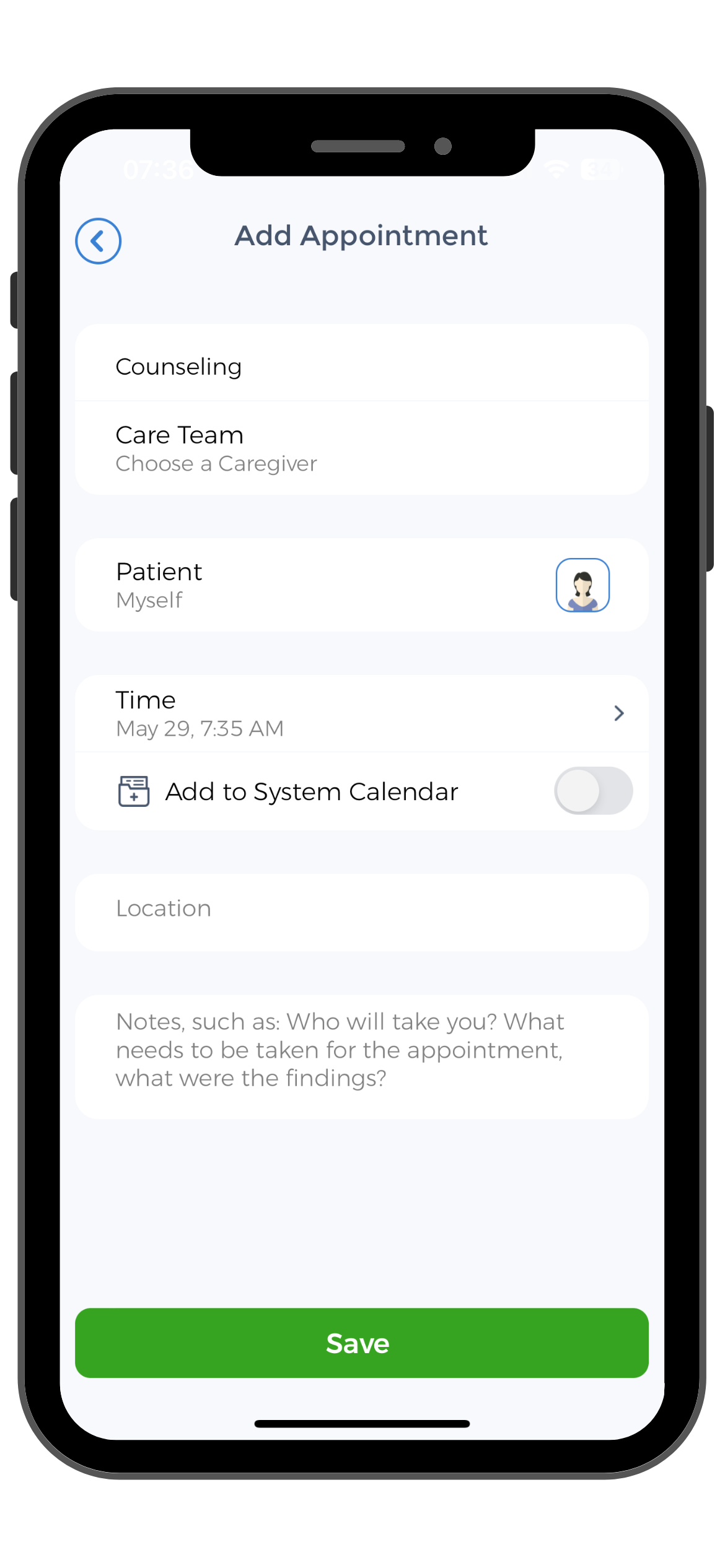 While it is possible to engage in exposure hierarchy on your own, seeking professional guidance can provide invaluable support and expertise. A therapist or mental health professional experienced in treating social anxiety can assist you in creating a tailored exposure hierarchy, provide guidance and encouragement, and help you navigate any challenges that may arise along the way.
While it is possible to engage in exposure hierarchy on your own, seeking professional guidance can provide invaluable support and expertise. A therapist or mental health professional experienced in treating social anxiety can assist you in creating a tailored exposure hierarchy, provide guidance and encouragement, and help you navigate any challenges that may arise along the way.
Professional guidance can make a significant difference in the effectiveness of your exposure hierarchy journey. Therapists who specialize in social anxiety understand the complexities of this condition and can offer personalized strategies to address your specific fears and concerns. They have extensive knowledge of evidence-based techniques and can help you develop a comprehensive plan that takes into account your unique circumstances.
When to Seek Professional Help
If your social anxiety is significantly impacting your daily life, relationships, or overall well-being, it is advisable to seek professional help. A mental health professional can assess your specific needs and determine the most appropriate treatment plan, which may include exposure hierarchy techniques.
It’s important to remember that seeking professional help is not a sign of weakness, but rather a courageous step towards taking control of your social anxiety. Therapists are trained to provide a safe and non-judgmental space where you can openly discuss your fears and challenges. They can offer guidance and support throughout your exposure hierarchy journey, ensuring that you have the necessary tools to face your fears and overcome them.
The Role of Therapists in Exposure Hierarchy
Therapists play a vital role in guiding individuals through the exposure hierarchy process. They provide a safe and supportive environment for individuals to confront their fears, offer evidence-based strategies for managing anxiety, and monitor progress and adjustment.
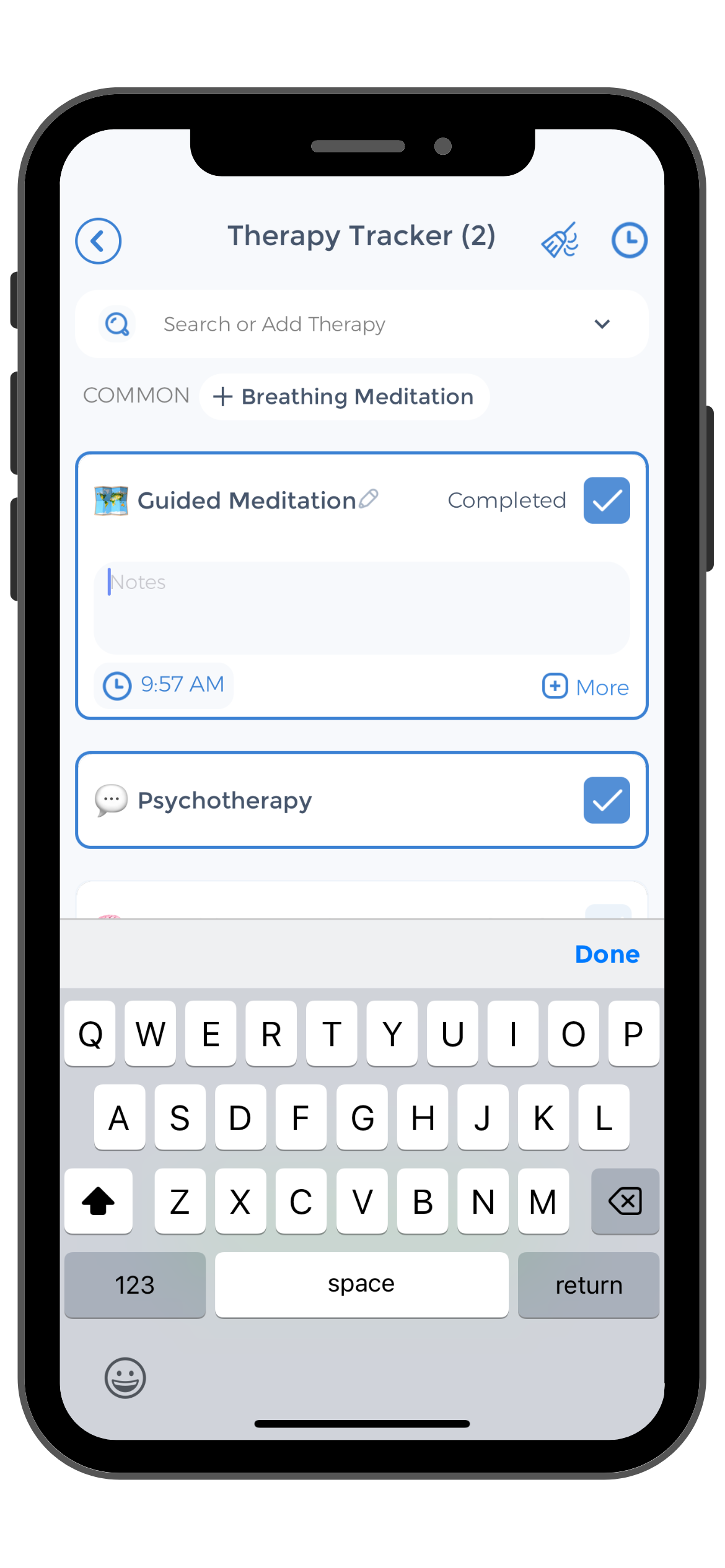 During therapy sessions, therapists will work collaboratively with you to develop a hierarchy of feared social event. They will help you identify specific goals and gradually expose you to these situations, starting with those that cause the least anxiety and gradually progressing to more challenging scenarios. Therapists will be there to provide support and encouragement every step of the way, ensuring that you feel empowered and motivated to face your real life fears.
During therapy sessions, therapists will work collaboratively with you to develop a hierarchy of feared social event. They will help you identify specific goals and gradually expose you to these situations, starting with those that cause the least anxiety and gradually progressing to more challenging scenarios. Therapists will be there to provide support and encouragement every step of the way, ensuring that you feel empowered and motivated to face your real life fears.
Additionally, therapists can help individuals explore underlying issues contributing to social anxiety and provide tools for maintaining long-term success. They can help you identify any negative thought patterns or beliefs that may be fueling your anxiety and teach you techniques to challenge and reframe these thoughts. By addressing the root causes of your social anxiety, therapists can help you achieve lasting change and build a solid foundation for a more confident and fulfilling life.
Social anxiety exposure and fear hierarchy understanding is a powerful tool for individuals struggling with social anxiety. By gradually facing feared social situations, individuals can experience improvements in social skills, a reduction in anxiety symptoms, and enhanced self-confidence. While it is possible to engage in exposure hierarchy independently, seeking professional guidance can optimize the effectiveness of this technique. If social anxiety is significantly impacting your life, don’t hesitate to reach out to a mental health professional who can provide the support and guidance you need to overcome your fears and lead a fulfilling life.
Use the CareClinic App to Manage Therapy Session
Take control of your social anxiety journey with the CareClinic App, a comprehensive health management tool designed to support your exposure hierarchy therapy. By tracking your progress, the app helps you visualize improvements, set reminders for exposure exercises, and record your anxiety levels, offering a structured approach to managing your condition.
The CareClinic App’s diary feature allows you to reflect on each exposure experience, helping you identify patterns and progress in your social anxiety management. This insight is crucial for building confidence and maintaining momentum in your therapeutic journey.
Download the CareClinic App Today
With the CareClinic App, you can also track medication, supplements, and any relaxation techniques. These features complement your exposure hierarchy plan, ensuring a holistic approach to your health. The app’s reporting feature generates insightful summaries, making it easier to discuss your progress with a therapist and adjust your plan as needed.
Embrace the path to improved social well-being. Install the CareClinic App today and discover how tracking your treatment can lead to significant strides in overcoming social anxiety.



